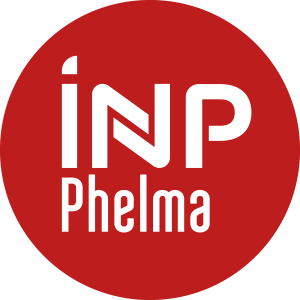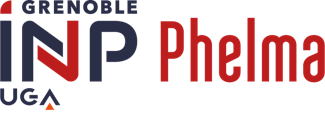Number of hours
- Lectures 0
- Projects 0
- Tutorials 18.0
- Internship 0
- Laboratory works 0
- Written tests -
ECTS
ECTS 1.5
Goal(s)
1° To get the students acquainted with graphs, which are an essential tool in combinatorial optimization, with many applications to various problems in networks, and which will appear in other courses.
2° The focus will be on modelizing problems and on the existence of general results and techniques.
Wojciech BIENIA
Content(s)
Graph search, components, trees, paths, flows and connectivity, min-cut (routing, fault-resistance), arc-disjoint paths (traffic assignment); Compatibility and conflicts: matching (client-resource assignment), coloring (frequency assignment), domination (location of concentrators); Miscellaneous: Eulerian cycles, Hamiltonian cycles (vehicle routing), broadcasting and gossiping, etc.
Principles of operations research. Some other fundamental ideas of graph theory, some results and methods of combinatorial optimization like spanning tree, optimal path, scheduling, heuristic algorithms are exhibit by formulation and computation exercises.
Prerequisites
None but requires a good mathematical skill.
1 written exam (2 h). Allowed documents : 1 hand-written A4 page (2 sided)
- MCC en présentiel **
N1=E1 (examen écrit)
N2=E2 (examen écrit)
- MCC en présentiel **
MCC en distanciel
N1 = DM
N2 = DM
The course exists in the following branches:
- Curriculum - Embedded Systems & Connect. Devices - Semester 7
W. BIENIA : "Introduction à la recherche opérationnelle et optimisation combinatoire", polycopié 2007
V. CHVATAL : "Linear programming", W.H. Freeman Company, 1983
G. FINKE at al : “Recherche Opérationnelle et réseaux” traité IGAT, HERMES, 2002
M. SAKAROVITCH : "Optimisation combinatoire vol.I et II", Hermann, 1984
N.H. XUONG : "Mathématiques discrètes et informatique", Masson, 1992.
I. Charon, A. Germa, O. Hudry, Méthodes d’Optimisation Combinatoire, Collection Pédagogique de Télécommunication, Masson, Paris, 1996
M. Gondran, M. Minoux, Graphes et Algorithmes (2ème ed. revue et augmentée). Eyrolles, Paris, 1985.
J.A. Bondy, U.S.R. Murty, Graph Theory with Applications. North-Holland, 1981.
A. Gibbons, Algorithmic Graph Theory.Cambridge University Press, 1988



